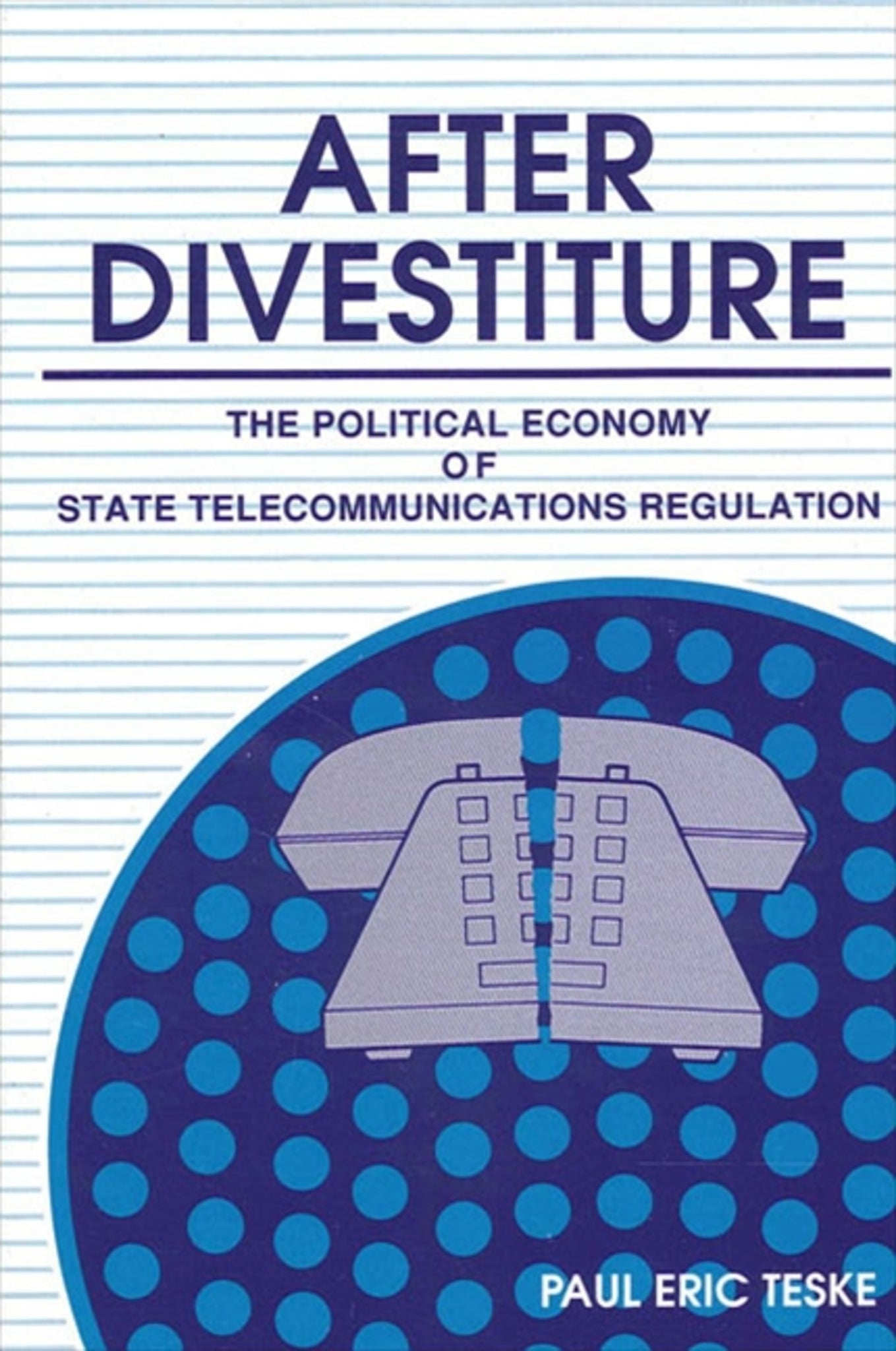We're sorry. An error has occurred
Please cancel or retry.
After Divestiture

Some error occured while loading the Quick View. Please close the Quick View and try reloading the page.
Couldn't load pickup availability
- Format:
-
05 July 1990

This book analyzes the politics of state regulatory decision-making in telecommunications after the AT&T divestiture in 1984. The author takes a political-economy approach that explains how interest groups and institutional factors have shaped different state policies. He shows that the structure and composition of state regulatory institutions have important effects on pricing and competition in the telecommunications industry.
The innovative methodology of this work combines qualitative empirical analysis from the entire U.S. with case studies of eight states. It identifies the deregulation winners and losers by examining the impact of changes in local and long-distance price structures on different groups, including users of telecommunications services, small businesses, residential consumers, and rural residents. The book includes recommendations for improving state policy.


"Teske's work avoids the pitfalls of previous work and exhibits the methodological quality now found in good empirical political science. He shows excellent command of economics and political science as well as a nuanced careful understanding of empirical methods. He orchestrates his conclusions using a variety of multivariate and case-study techniques such that the whole is greater than the sum of its parts. His most important finding is that regulatory orientation matters." — Peter VanDoren, Woodrow Wilson School of Public and International Affairs, Princeton University
Preface
Acknowledgments
1. Telecommunications Regulatory History
History
Divestiture
Policy Issues After Divestiture
Conclusions
2. Political Economic Theories of Deregulation
Theories of Regulation and Deregulation
Theoretical Summary
Conclusions
3. Telecommunications Economics and State Regulatory Options
Telecommunications Economics
State Regulatory Options
Actual Policy After 1982
Conclusions
4. Interest Group Formation
General Benefits and Costs
Group Benefits and Costs
Geographic Benefits and Costs
Interest Group Incentives
5. Quantitative Analysis of State Decisions
Methodology
Independent Variables and Hypotheses
Results for Pricing Decisions
Results for Competitive Entry Decisions
Interpretations
Conclusions
6. Comparative Case Study: New Jersey and New York
Multivariate Comparison
Actual Policy Choices
Regulatory Agencies and the Policy Process
Explanations
Conclusions
7. Case Studies of Innovative States: Illinois, Virginia, and Vermont
Illinois
Virginia
Vermont
Conclusions
8. Bypassing the Regulators: U S West
U S West's Regulatory Strategy
Nebraska
Arizona
Idaho
Conclusions
9. Conclusions
Theoretical Implications
Policy Implications
Future
Notes
Selected Bibliography
Index



